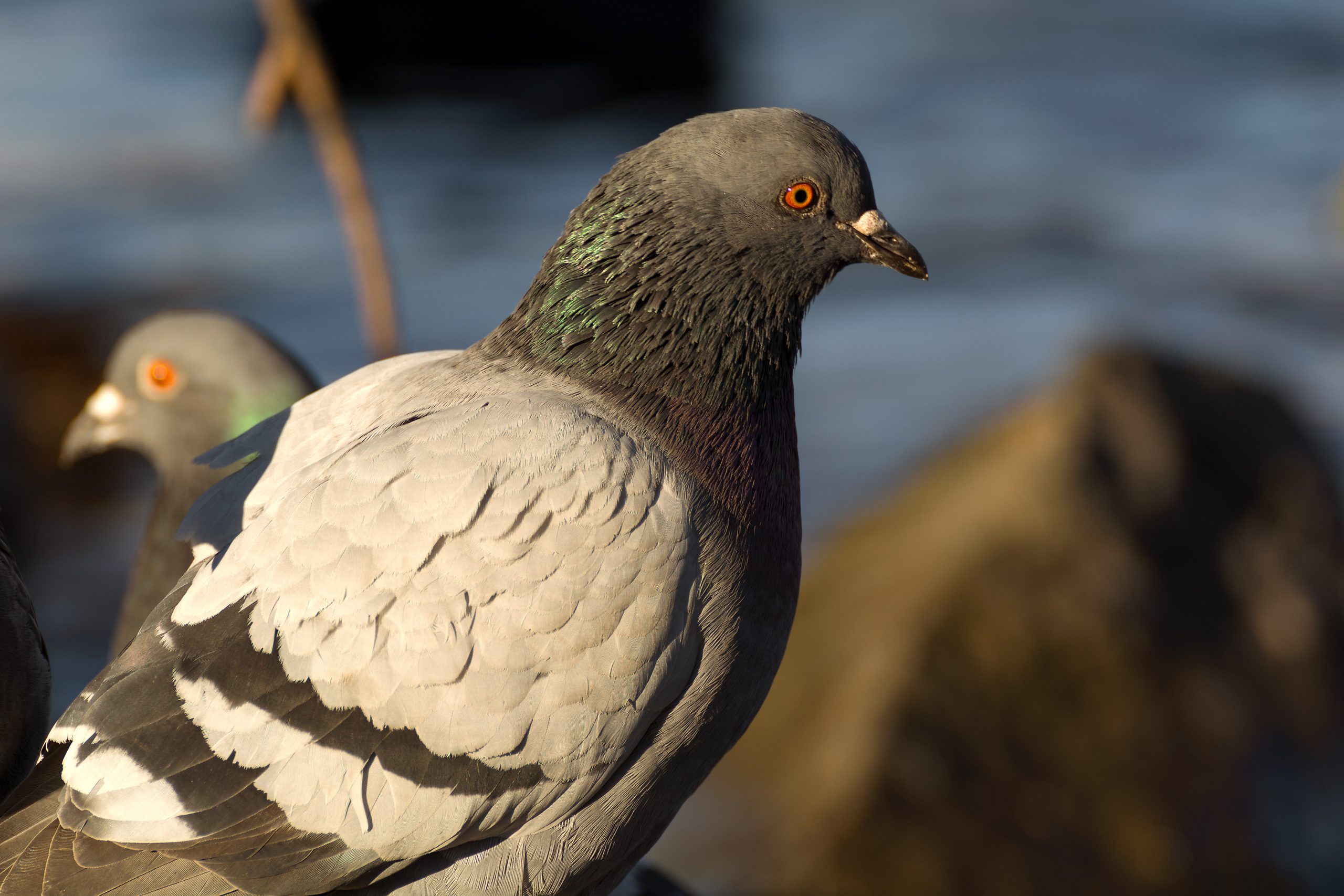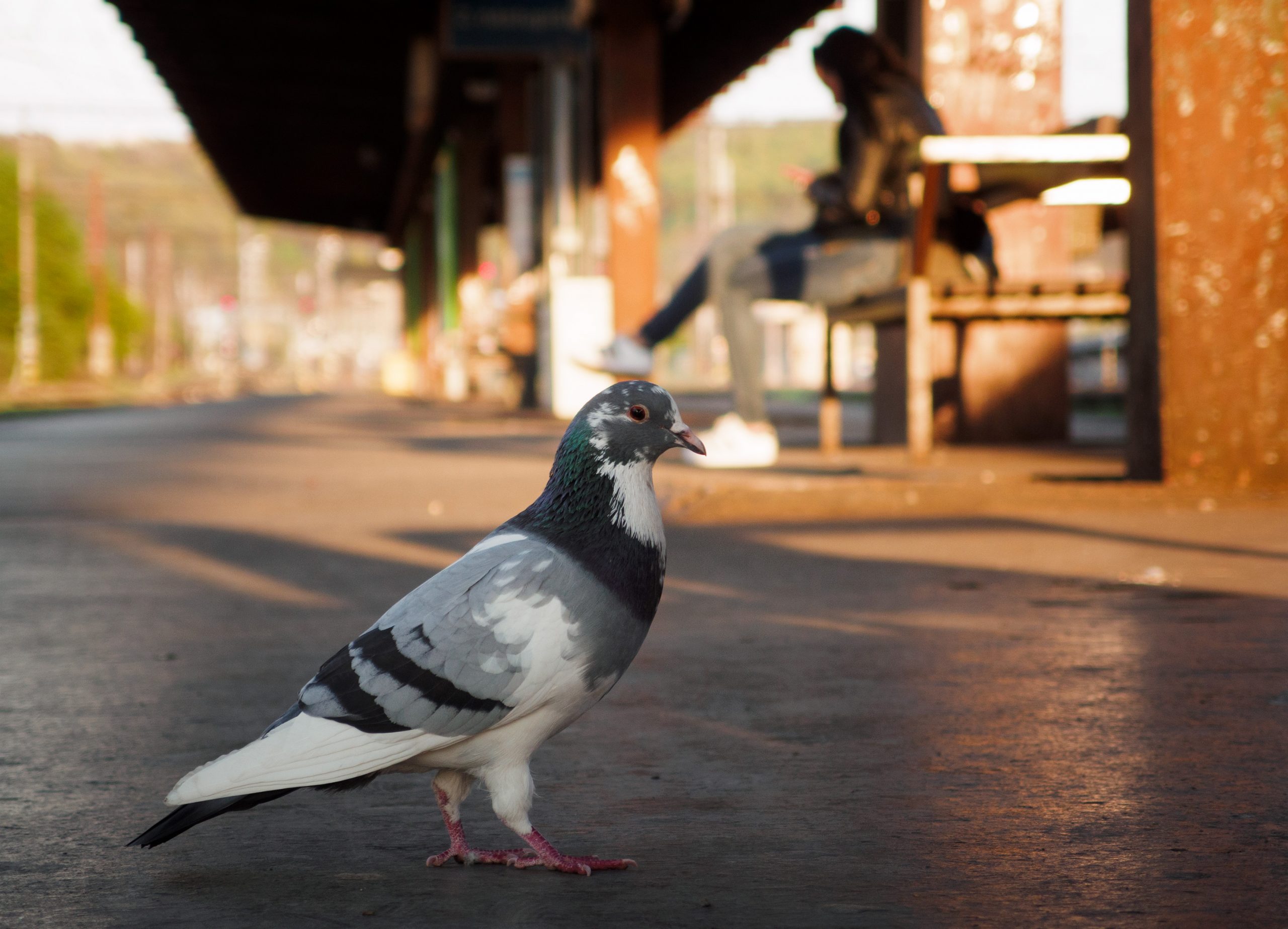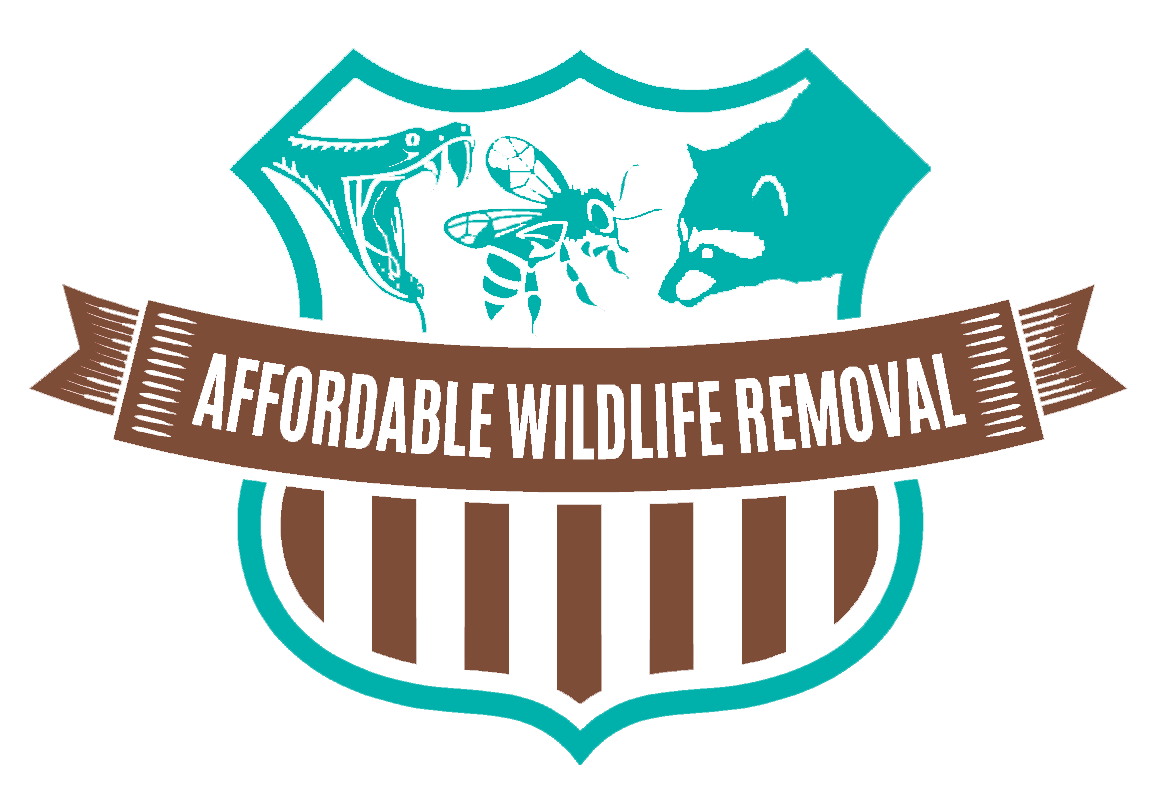Pigeons
We believe in humanely retrieving and relocating wildlife, call now for Affordable Wildlife Removal in Orlando.

Pigeons can be great to look at from a distance, however, you will begin to see and feel how harmful they can become when they start invading your property. In buildings, cars, vegetation, and several other surfaces, pigeons can cause a significant amount of damage. In addition, they can carry a number of diseases that can put at risk the inhabitants of home and construction. And, of course, when a pigeon gets trapped inside, not only for the bird, but also for your family, it can be extremely stressful.
We get lots of calls from homeowners in Central Florida asking for pigeon removal assistance. It is not as easy to catch animals on the ground as what we do with rat removal or raccoon removal, but our team of animal removal experts are highly trained and experienced in trapping these pigeons so that they can be removed from your property.
There are many reasons that you should call for the removal of pigeons. The following are among those:
- Their droppings can transmit, among other diseases, histoplasmosis, salmonella, toxoplasmosis, encephalitis,
- Mites, fleas, ticks, and biting lice can be carried by them.
- A pungent odor may be produced by their feces
- In and around your property, they can cause significant damage.
What do pigeons look like?
There are over 350 recorded varieties of the pigeon, however they are most commonly known as: Pigeon, dove, blue rock pigeon, rock dove, wild rock pigeon, rock pigeon, feral pigeon. While the physical description may differ based on which species you see, the average appearance is as such:

- 32-37 cm long
- 64-72 cm wingspan
- Dark bluish-grey head, neck and chest with glossy greenish and reddish-purple iridescence around the neck and wing feathers
- Orange or red iris with pale inner ring (adult) or brown or greyish brown (juveniles)
- Black bill with off-white cere
- Red feet and legs
- Distinctive twin black wing bars
- White lower back feathers
What do they eat?
The major component of the pigeon diet is seeds, but it varies greatly by species. Many species of soil feeding (granivorous species) eat fruit and take in insects and worms. The Atoll Fruit Dove, one species, has adapted to the capture of insects and small reptiles. In urban areas, feral pigeons exist exclusively on a diet of seeds (usually from human sources) and human waste, such as fast food waste. Wood pigeons have a varied diet that includes berries and vegetables.
How do they reproduce?
The pigeon mates for life and, in optimal conditions, can breed up to 8 times a year, bringing two young birds into the world each time. Breeding frequency is dictated by the abundance of food. With both parents incubating the eggs, pigeon eggs take 18/19 days to hatch. Young dependent pigeons are generally referred to as squabs. The young are fed by both parents with a unique ‘pigeon milk’ that is regurgitated and fed to the squabs. In one day, each squab can double its birth weight, but it takes 3 days for the heart to begin to beat and 4 days for the eyes to open.
When squabs are hungry, they ‘squeak’ while flapping their wings and are therefore are commonly known as ‘squeakers’. The young are ready to flee and leave the nest at the age of about 2 months. This longer-than-average time spent in the nest guarantees that a juvenile pigeon’s life expectancy is far greater than that of other fledglings.
Habitat of a Pigeon
In cliff-side environments, especially sea cliffs, these birds naturally thrive. While they were introduced and can live in cliff environments, they have found a perfect urban and city living niche that fits their needs even more perfectly.
Cities give them perfect opportunities for scavenging, as humans produce a lot of garbage. Therefor there is a lot of opportunity to seek out food and shelter. Not only do humans produce a lot of waste, but in an urban and city environment with high populations, they also produce even more! This means that the high population areas provide more food and protection and allow the pigeon to thrive.
Trapping and Removal
If your efforts to repel them from the area work, trapping pigeons might not be necessary, although you may have to use the two methods together to get rid of the birds. For starters, try to repel pigeons from your property with these relatively simple solutions:
- Clean up any food waste around the property and keep the lids closed on all waste receptacles.
- Be sure to clean up any dropped seed from the ground where the pigeons are likely to feed if you feed other types of birds at a bird feeder. Otherwise, until you get your pigeon problem under control, stop feeding the birds.
- Keep the bushes properly trimmed and maintained so that there is no place for the pigeons to roost or hang out.
- By using scary objects shaped like owls or hawks, scare the pigeons away and install them around your property. To ensure the birds are not used to a stationary object, tie the scare object on string so that in the wind it can move around.
You have no choice but to trap and relocate the birds if the repelling actions don’t seem to make a dent in your pigeon population. In order to control the nuisances that they can cause, we can effectively trap pigeons through an integrated set of methods. Using live-trap devices, we will quickly trap pigeons and safely remove them from your property. We assure you that our procedures are always as humane as possible. We will work with our customers to find ways to eliminate food and water sources, nesting opportunities, and employ exclusion techniques using netting to avoid and control further problems. While the infestation of pigeons can be overwhelming, we are experienced in handling the issue so that you don’t have to do it on your own.
